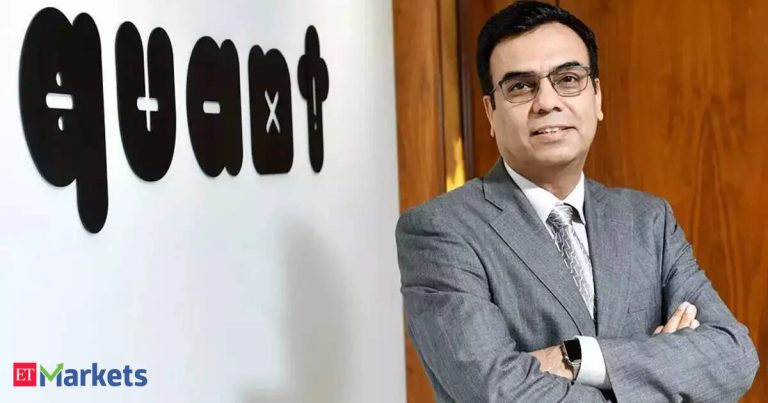Other than the sectors you’ve just mentioned—NBFCs, MFIs, and select consumption plays—given the kind of consolidation we’ve seen in the markets recently and the rather rangebound movement, are there any sectors that you think look attractive right now in terms of valuations, having seen some correction? Or fundamentally, are there any other sectors or pockets that could, given the current volatility, act as a sort of safety net for investors?
Ashwini Agarwal: My sense is that this is not the time to be sector-oriented. It’s a time to take a very bottom-up, individual stock approach. Again, in the short run, it’s important to temper return expectations—but keep your focus on the medium term.
For example, take textile exports. Obviously, they’ll get hit if these tariffs are imposed, especially for companies with a high exposure to the United States in their sales mix. If stock prices react negatively, you might actually get an opportunity to buy them. But you’ll have to ride out a couple of bad quarters—that goes without saying.
So, I don’t think I can identify broad sectors at this point, but I can identify individual stocks. Outside of the financial sector, maybe domestic healthcare looks okay. Some other domestic consumption names also seem fine. There’s a smattering of opportunities from a sector perspective, but on a bottom-up basis, there are quite a few attractive picks.
You’ve shared your views on the pharma space, but another sector that could be in focus is electronics, which—for now—has seen some exemptions. A specific example is Apple, which has a manufacturing base in India. Trump has been demanding a shift, and just yesterday, they committed to a large investment in the US. With this whole tariff uncertainty, along with pharma, do you think the manufacturing and EMS (Electronics Manufacturing Services) story in India could come under question? Could this be a concern for investors?
Ashwini Agarwal: I really can’t say for sure because it’s unclear whether the tariffs are here to stay, or if this is simply part of ongoing negotiations between the United States and India. We don’t yet know how the dust will settle.That said, in the long run, we have to look beyond the immediate term. India’s cost advantage in manufacturing is real and here to stay. If our policy framework continues to support it, then eventually, water will find its own level—and global manufacturers will seek a cost-competitive production base. That fact doesn’t change.So, if this current noise gives us an opportunity to buy EMS companies at better prices, that would be a welcome development. Frankly, I’ve found EMS companies to be quite expensive so far. I tend to have a value bias, so I haven’t really explored that space much yet. But yes, if stock prices weaken due to this noise, it could present an opportunity. In the long term, India’s competitive advantage will remain intact.
Apart from Trump’s commentary, what’s on your watchlist right now? Not just earnings, but perhaps the dollar-rupee or other global markets?
Ashwini Agarwal: At the moment, I’m really focused on the earnings season. I’m tracking companies that are improving their revenue, margin, and earnings profile both quarter-on-quarter and year-on-year—where the improvement looks sustainable. Those stocks will perform well.
One theme worth focusing on is earnings recovery—companies that have gone through a downcycle over the last two to three years, but whose earnings are now starting to bottom out. Those stocks should do very well. That’s what I’m searching for. My sense is that in an overall tepid earnings environment, companies delivering 15–20% earnings growth will see significant valuation expansion. That’s where my attention is right now.








